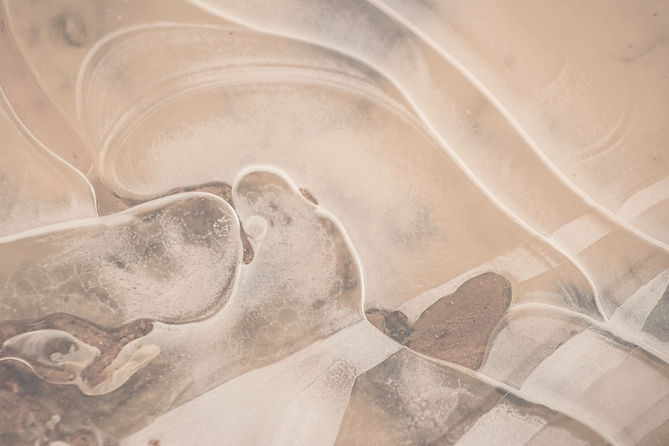
The Artists' Wellness Collaborative uses Restorative Practices with all our
collaborators.
INTERNAL FAMILY SYSTEMS MERGED WITH RESTORATIVE PRACTICES
Merging internal family systems (IFS) theory with restorative practices is a promising and insightful approach. Here is an overview:
IFS SEES ALL PEOPLE OF MULTIPLE SUBPERSONALITIES OR "PARTS"
Just as IFS sees individuals as containing self-led "parts", restorative justice views crime as the result of a community system breakdown with all parties playing a role. Applying IFS, we can conceptualize offenders acting from their destructive "parts" resulting from unhealed trauma and exclusion.
Victim-offender mediation provides the space for both parties to find self-leadership, seek understanding rather than judgment of one another’s parts, take accountability, and arrive at mutually agreeable restitution guided by their "Self" energy.
Family group conferencing similarly gathers not just offenders and victims but their support networks to harness collective Self energy. Drawing systemic boundaries between parts’ destructive behaviors versus individuals’ core selves can increase empathy on all sides.
For recidivism prevention, IFS techniques like fiery love and unburdening can help offenders exile destructive parts’ features they’ve internalized from trauma or social stigma. Restorative community reintegration replaces this with self-compassion.
Ultimately, IFS and restorative practices aim to heal relational harm from criminal acts while recognizing the sacred inner light in all. Both require viewing parties involved as complex beings, capable of transformation through empathy and nonviolence. In that space, reconciliation becomes possible.
This integration offers a trauma-informed, victim-centered approach aligned with equitable principles – understanding crime as a symptom of broader communal dysfunction, division, and disconnection manifest through wounded individuals. It brings hope for radical culture shifts centered on healing.


The Medicine of Social Connection
See what the US Surgeon General's Office has come to realize about social connection. See this video they produced!

01
Proactive Circles
When members of Artists' Wellness Collaborative meet, each person is given an equal amount of time to share their thoughts and insights. Everything is written and shared.
02
Affective Language
Whether our interactions are text messages, phone calls, in-person meetings, or conferences, we are careful to speak in "feeling messages". This helps us all to know that we care about how we feel.


03
Responsive Circles
If a person feels they have been harmed in some way, we hold a Responsive Circle. Each party answers a series of questions: What happened? What were thinking at the time? What have you thought about since? What has been the hardest part for you? Who has been affected by what has happened? What needs to happen to make things right?
04
The Social Discipline Window
The Social Discipline Window is a simple concept with a profound impact on working together. There are four quadrants: The "TO", the "FOR", the "NOT", and the "WITH". When an person is authoritarian, they have high control, and low nurture. They respond to conflict by doing things TO another. When they have low control and high nurture, they may do things FOR another. When they have neither, they will leave a situation or person, a response known as the "NOT" box. Yet, when someone maintains high standards AND high support, they are operating in the WITH box. We try to stay in the WITH box by clearly communicating our standards and ethics, and by providing support for others to meet them.



